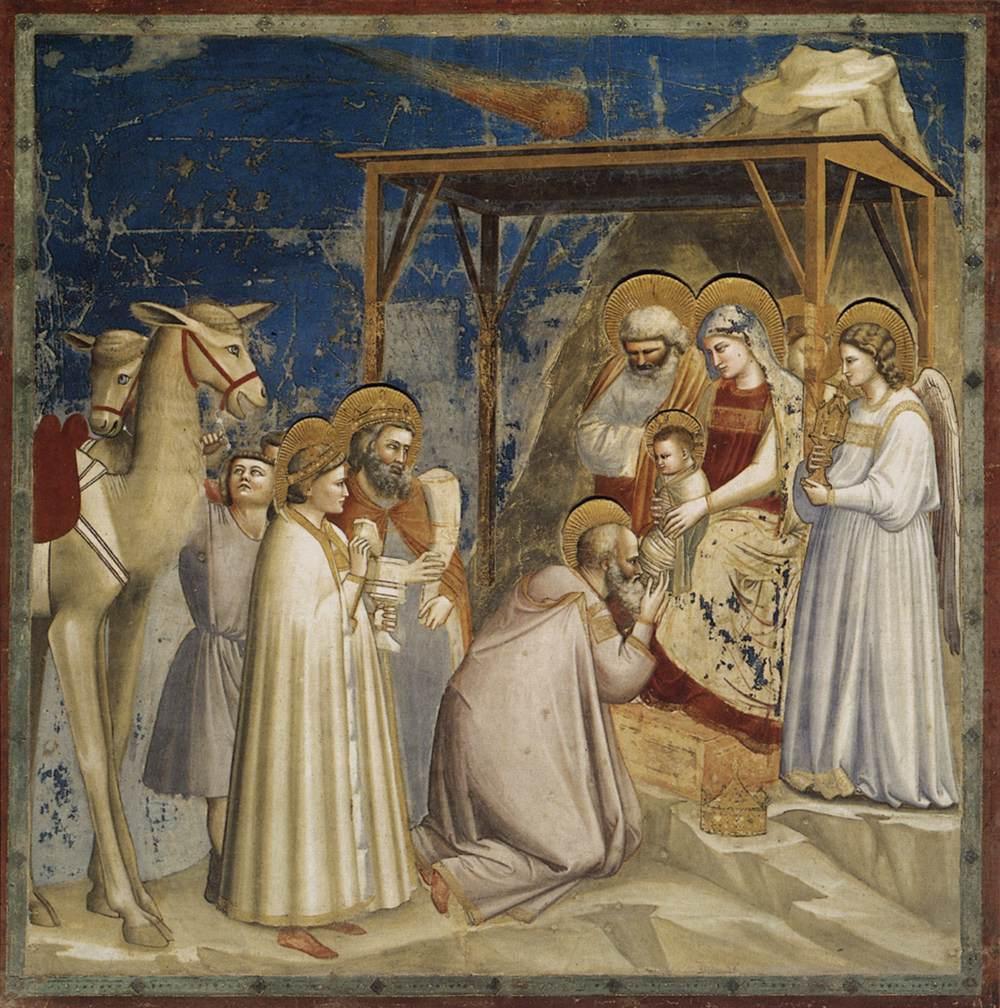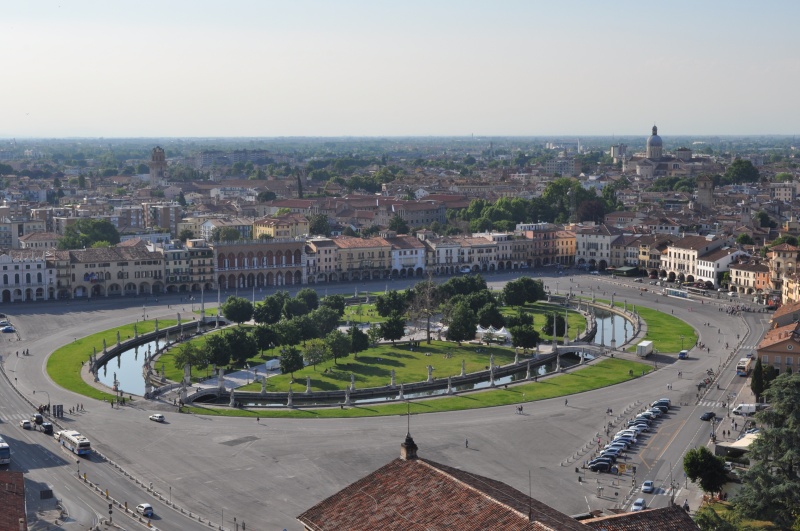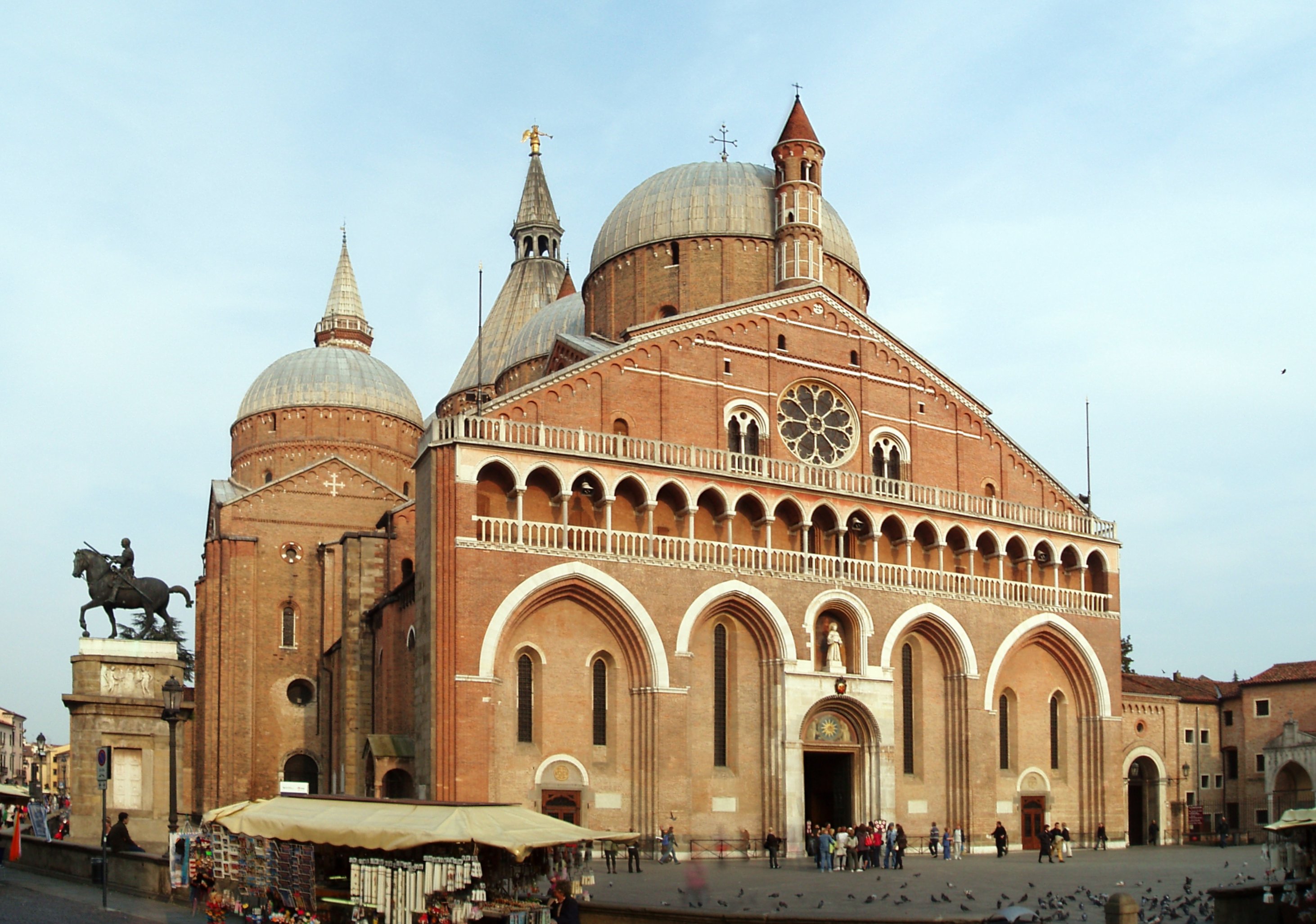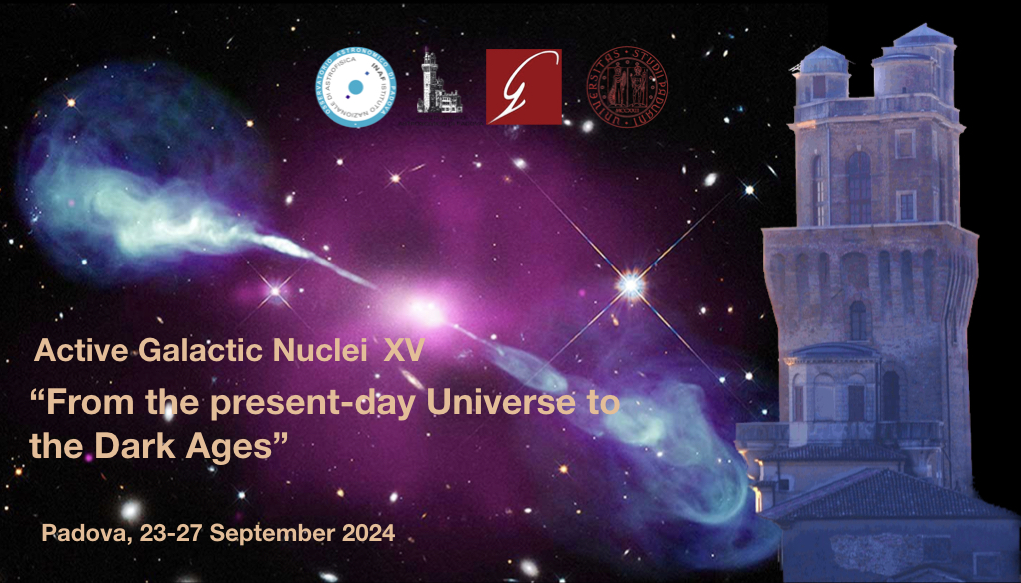The Specola
 The Specola is the home of the historical astronomical observatory of the University. It is situated in the highest tower - the Torlonga - of the ancient castle of the city. Built in the 9th century, the Torlonga was a defensive tower; it was also used as a prison until the 14th century. In the 15th century, the tower was abandoned and only in the second half of the 18th century the University decided to use it to build the new astronomical observatory. Today, the Specola and part of the ancient castle host the Osservatorio Astronomico di Padova of the Istituto Nazionale di Astrofisica (INAF). In the tower there is also a small museum ("Museo della Specola") with some historical astronomical instruments of the observatory. Credits: www.beniculturali.inaf.it, La Specola Museum
The Specola is the home of the historical astronomical observatory of the University. It is situated in the highest tower - the Torlonga - of the ancient castle of the city. Built in the 9th century, the Torlonga was a defensive tower; it was also used as a prison until the 14th century. In the 15th century, the tower was abandoned and only in the second half of the 18th century the University decided to use it to build the new astronomical observatory. Today, the Specola and part of the ancient castle host the Osservatorio Astronomico di Padova of the Istituto Nazionale di Astrofisica (INAF). In the tower there is also a small museum ("Museo della Specola") with some historical astronomical instruments of the observatory. Credits: www.beniculturali.inaf.it, La Specola Museum
Botanical Garden

Padua's botanical garden, founded in 1545, is the world's oldest academic botanical garden that it is still in its original location.It was devoted to the growth of medicinal plants, which produces natural remedies, and also to help the student to identify them.During its life, the original garden was upgraded several times, the last one in 2014 when the "Giardino della Biodiversità" (Biodiversity Garden) was inaugurated. The oldest and most famous plant in the garden is a palm planted in 1585, the Goethe palm, because the poet referred to it in his essay "Geschichte meines botanisches Studiums". Website: Botanical Garden
Padova Urbs Picta

3694 square meters of frescoed walls in 8 places, by the hands of 6 artists over 95 years of history in a single city: Padua. These are the numbers of the serial site registered in the World Heritage List "The frescoed cycles of the 14th century of Padua", which presents itself to visitors as a unitary whole, albeit articulated and complex, a distributed museum that hosts different pages of a single story. “The 14th century fresco cycles of Padua” UNESCO World Heritage Site illustrate a completely new way of representing narrative in painting, with new spatial perspectives influenced by progress in the science of optics and a new ability to represent human figures, in all their characteristics, including feelings and emotions.Website: Padova Urbs Picta
Bo Palace (il Bo)

The Bo Palace is the historical seat of the University of Padua. It was originally the residence of the Papafava family, but after 1405 it became an inn called "Hospitium Bovis" (Hotel of the Ox), whose sign was the head of an ox. When the University took possession of the building in 1539, it kept the head of the ox as its official emblem and the name "the Bo" (the Ox) continued to be used. Today, the Bo Palace is the home of the rectorate and of the law school. The building has two wings: the old one and the new one, which was built in 1932. In the Palace the tourists can visit the anatomy theatre and the old desk of Galileo Galilei: guided tours are organised several times every day from Monday to Saturday. Credits: Marco Bisello, Website: Il Bo
Palazzo della Ragione

The Palazzo della Ragione was the seat of the city courthouse from the 14th to the 18th century. The upper floor is a single great hall and it is said to be the greatest hall in all Europe with a roof unsupported by columns. In order to support its weight, the wooden roof comes with the shape of the hull of a ship. The building divides two of the three main square in the city: Piazza della Frutta (Square of the Fruits) and Piazza delle Erbe (Square of the Herbs) which host two daily markets. Credits: Stefan Bauer, Palazzo della Ragione on wikipedia.it
Prato della Valle
Prato della Valle is the city's largest square and one  of the largest in Europe. It has been an important part of the city since the roman period, but it assumed the actual configuration between the 18th and 19th century with the architect and politician Andrea Memmo. Prato della Valle is composed by a central island, the Isola Memmia (Memmia Island), which is surrounded by a small canal bordered by two ring of statues. Built by various artists between the 1775 and 1883 from stone of Vicenza, these statues represent several important people linked to the history of Padua. The most interesting statue is the one sculpted by Antonio Canova: it represent the scientist Giovanni Poleni. However, this masterpiece was substituted with a copy in 1963, in order to protect it from damages.
of the largest in Europe. It has been an important part of the city since the roman period, but it assumed the actual configuration between the 18th and 19th century with the architect and politician Andrea Memmo. Prato della Valle is composed by a central island, the Isola Memmia (Memmia Island), which is surrounded by a small canal bordered by two ring of statues. Built by various artists between the 1775 and 1883 from stone of Vicenza, these statues represent several important people linked to the history of Padua. The most interesting statue is the one sculpted by Antonio Canova: it represent the scientist Giovanni Poleni. However, this masterpiece was substituted with a copy in 1963, in order to protect it from damages.

Scrovegni Chapel (Cappella degli Scrovegni)
The Scrovegni Chapel is Padua's most famous monument: built by the Scrovegni family in the early 1300s, the chapel contains a fresco cycle completed by Giotto in 1305. The Scrovegni Chapel is open every day from 9am to 7pm; however, tourists have to book their visit.
Website: Cappella degli Scrovegni, credits: turismopadova.it
Basilica of Saint Anthony (Basilica del Santo)

The Basilica of Saint Anthony, also known in Padova as il Santo "the Saint", is the most important church in the city. Its construction begun in 1232, the year after St. Anthony's death (the saint to whom the Basilica is dedicated), and it was completed in 1310. Here lies St. Anthony and some of his relics are displayed in a chapel inside the main building. For that reason it has always been destination for pilgrimages. Inside, the church is lavishly decorated by frescoes and other artworks, produced by several artists, during the centuries after the construction. Contiguous with the Basilica is a convent whose cloisters are open to visit, together with the main church, every day. Website: Basilica di Sant'Antonio, credits: Stefan Lew, wikipedia.it

